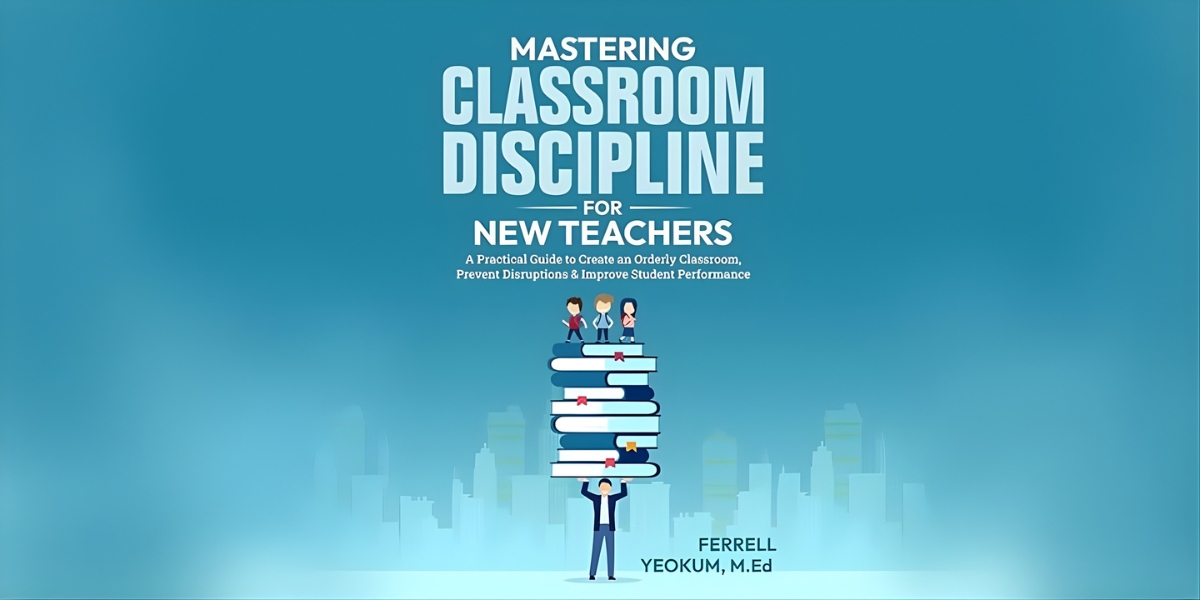By: Theodore Walrond
Neuroscience, a field that bridges the intricate structures of the brain with the vast complexity of human behavior, has become integral to understanding ourselves and improving our methods of care. It encompasses a range of fields that enhance our comprehension of cognitive functions and aspects of the brain. Theodore Rex Walrond explores how the insights gained from this field broaden our theoretical knowledge and have practical applications in medicine, psychology, and even technology.
Foundations of Behavioral and Cognitive Neuroscience
Behavioral and cognitive neuroscience analyzes the connections between the brain and behavior, encompassing a broad spectrum of subjects that range from neural responses to cognitive processes. This field combines elements from psychology, biology, and even chemistry to understand how brain functions correlate with behaviors and mental processes. Its origins trace back to the philosophical inquiries of ancient civilizations, gradually evolving through centuries of scientific advancements and developments.
The field is grounded in several notions that have shaped its progression. One of them is neuroplasticity, which suggests that the brain can change itself by forming new neural connections throughout life. Understanding these foundations is crucial for anyone delving into the field, as they provide the necessary context for exploring more complex and specialized topics in later research. As new theories emerge and older ones are refined, the foundational knowledge continues to expand, offering new insights and guiding ongoing research into the neural aspects of behavior and cognition.
Research Techniques and Technological Advances
The field of behavioral and cognitive neuroscience relies heavily on a variety of research methods to explore the complexities of the brain and its processes. Techniques such as functional magnetic resonance imaging (fMRI) and electroencephalography (EEG) allow scientists to observe brain activity in real-time, providing insights into the neural underpinnings of thought, emotion, and behavior. These tools have been instrumental in linking specific brain areas to cognitive functions and understanding how these connections fail in neurological disorders.
Advancements in technology continue to push the boundaries of what can be accomplished. For example, innovations in brain imaging and computational neuroscience have led to more precise models of brain activity, allowing researchers to simulate and predict behavioral outcomes with greater accuracy. This technological progress enhances research capabilities and improves diagnostic and therapeutic approaches in clinical settings.
Main Discoveries and Their Implications
Multiple behavioral and cognitive neuroscience findings have led to numerous breakthroughs that have profoundly impacted theoretical knowledge and practical applications. Discoveries such as the neural circuits involved in memory and learning have illuminated how experiences shape the brain and how diseases like Alzheimer’s can disrupt memory. These insights are crucial for developing targeted treatments that address specific neurological pathways.
Another significant area of influence is the understanding of emotional regulation and its neural basis, which has implications for psychological disorders such as depression and anxiety. This research has guided the development of new therapeutic techniques that are better tailored to manage these conditions. As neuroscience continues to uncover the mechanics behind cognitive functions, its findings will keep informing the development of more effective strategies to enhance mental health and well-being.
Practical Applications and Future Trends
Neuroscience has laid the groundwork for numerous practical applications, particularly in the realms of medicine and mental health. Techniques derived from neuroscience research, such as deep brain stimulation, are used to treat disorders like Parkinson’s Disease and depression, offering relief where traditional methods fall short. Moreover, cognitive therapies influenced by neuroscience findings are becoming increasingly popular for managing behavioral disorders and improving overall mental health. This integration of neuroscience into therapeutic practices emphasizes its potential to transform healthcare.
Looking forward, the field of neuroscience is poised for a leap into future innovations, such as the integration of artificial intelligence with neural research. This synergy promises to enhance our understanding of brain functions and pave the way for advancements in neuroprotection and rehabilitation.
Career Pathways and Educational Resources
The field of neuroscience offers an array of career opportunities, ranging from academic research and clinical practice to roles in biotechnology companies and public policy. As the demand for expertise in brain sciences grows, educational institutions worldwide are expanding their programs to include more comprehensive courses in neuroscience, from undergraduate to postdoctoral levels. This expansion is vital for cultivating a new generation of neuroscientists who can continue to explore the complexities of the brain. Educational resources have also increased, with digital libraries and online courses making neuroscience more accessible than ever.
Ethical and Operational Challenges
As neuroscience continues to progress, it brings to light various ethical and operational challenges. Manipulating brain activity, for instance, raises profound ethical questions about consent, privacy, and the nature of human agency. These dilemmas require careful consideration and robust ethical frameworks to ensure that neuroscience research adheres to the highest standards of integrity.
Operational challenges also persist, particularly the high costs associated with neuroscience research and the need for interdisciplinary collaboration. Overcoming these hurdles is vital for sustaining progress and fostering innovation in the field.
Published By: Aize Perez










